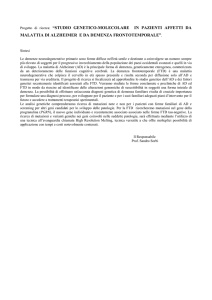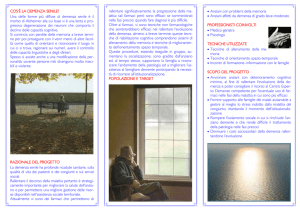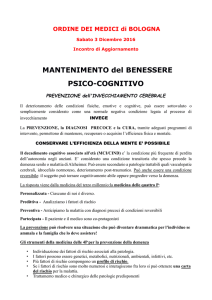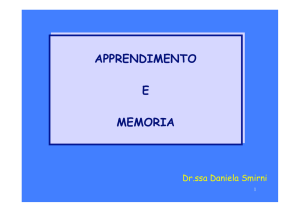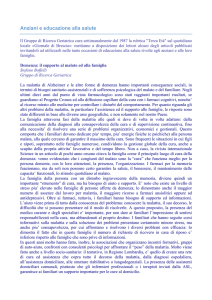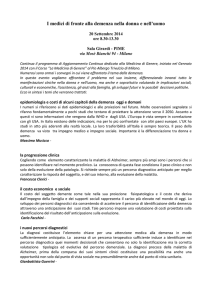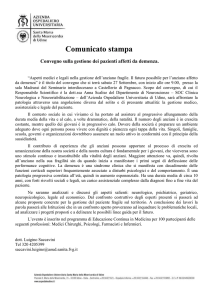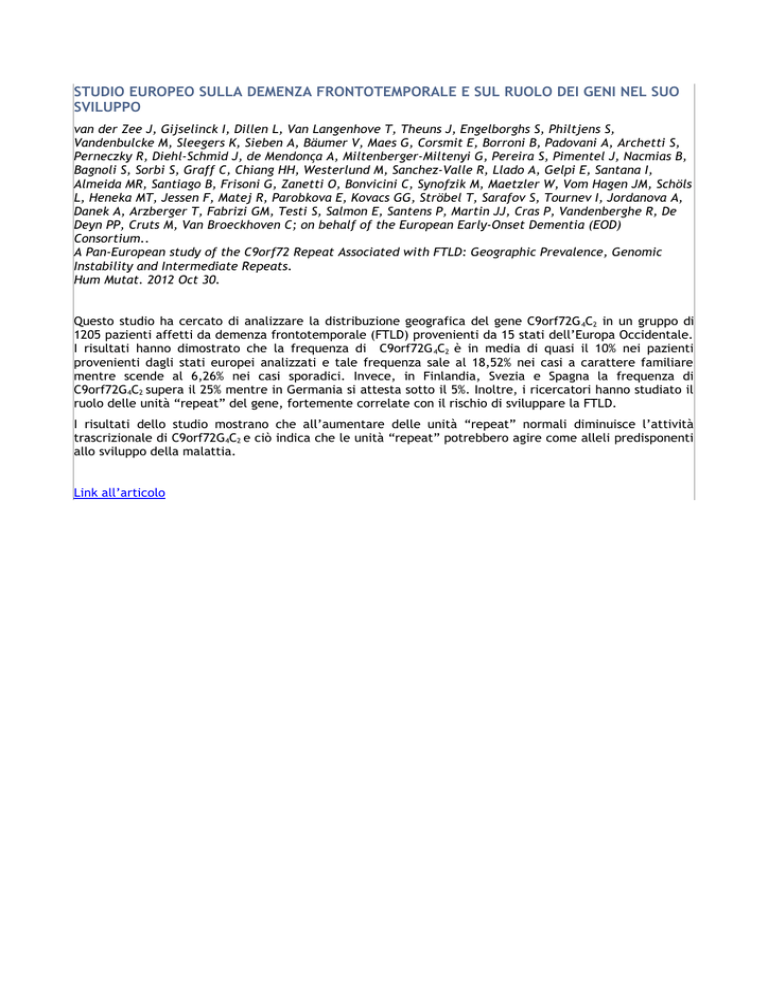
STUDIO EUROPEO SULLA DEMENZA FRONTOTEMPORALE E SUL RUOLO DEI GENI NEL SUO
SVILUPPO
van der Zee J, Gijselinck I, Dillen L, Van Langenhove T, Theuns J, Engelborghs S, Philtjens S,
Vandenbulcke M, Sleegers K, Sieben A, Bäumer V, Maes G, Corsmit E, Borroni B, Padovani A, Archetti S,
Perneczky R, Diehl-Schmid J, de Mendonça A, Miltenberger-Miltenyi G, Pereira S, Pimentel J, Nacmias B,
Bagnoli S, Sorbi S, Graff C, Chiang HH, Westerlund M, Sanchez-Valle R, Llado A, Gelpi E, Santana I,
Almeida MR, Santiago B, Frisoni G, Zanetti O, Bonvicini C, Synofzik M, Maetzler W, Vom Hagen JM, Schöls
L, Heneka MT, Jessen F, Matej R, Parobkova E, Kovacs GG, Ströbel T, Sarafov S, Tournev I, Jordanova A,
Danek A, Arzberger T, Fabrizi GM, Testi S, Salmon E, Santens P, Martin JJ, Cras P, Vandenberghe R, De
Deyn PP, Cruts M, Van Broeckhoven C; on behalf of the European Early-Onset Dementia (EOD)
Consortium..
A Pan-European study of the C9orf72 Repeat Associated with FTLD: Geographic Prevalence, Genomic
Instability and Intermediate Repeats.
Hum Mutat. 2012 Oct 30.
Questo studio ha cercato di analizzare la distribuzione geografica del gene C9orf72G 4C2 in un gruppo di
1205 pazienti affetti da demenza frontotemporale (FTLD) provenienti da 15 stati dell’Europa Occidentale.
I risultati hanno dimostrato che la frequenza di C9orf72G 4C2 è in media di quasi il 10% nei pazienti
provenienti dagli stati europei analizzati e tale frequenza sale al 18,52% nei casi a carattere familiare
mentre scende al 6,26% nei casi sporadici. Invece, in Finlandia, Svezia e Spagna la frequenza di
C9orf72G4C2 supera il 25% mentre in Germania si attesta sotto il 5%. Inoltre, i ricercatori hanno studiato il
ruolo delle unità “repeat” del gene, fortemente correlate con il rischio di sviluppare la FTLD.
I risultati dello studio mostrano che all’aumentare delle unità “repeat” normali diminuisce l’attività
trascrizionale di C9orf72G4C2 e ciò indica che le unità “repeat” potrebbero agire come alleli predisponenti
allo sviluppo della malattia.
Link all’articolo


